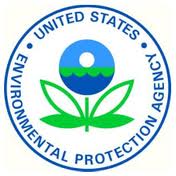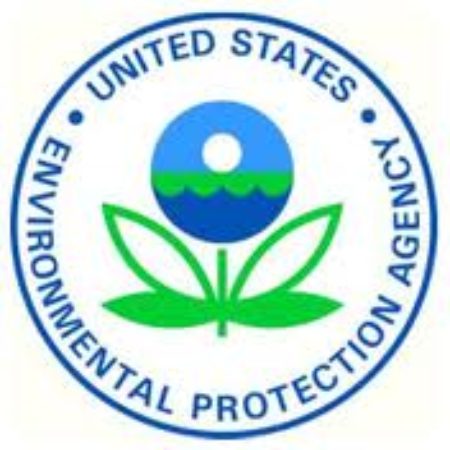
(The first part of this article was run in the last issue of the Jefferson Policy Journal here.)
On March 30, 2012, Virginia’s Secretary of Natural Resources submitted Phase II of Virginia’s Watershed Implementation Plan. “The Phase II WIP supplements the Phase I WIP and the activities already implemented in [Virginia’s] efforts to reduce phosphorus, nitrogen, and sediment loads to the [Chesapeake Bay].”
Again Virginia officials tell EPA that its process was far too limited for localities and once again advised EPA that “…model anomalies affecting nutrient management plans be corrected…” Virginia officials said “…the level of precision expected is far beyond what the [Chesapeake Bay] model is capable of producing.” (There is little discussion of this major issue in the legal briefs I have read in AFBF v. EPA).
Producers in tillage agriculture and animal agriculture should take note and work with their state environmental agencies to make sure adequate and accurate data is generated regarding nutrient runoff when EPA brings its power to bear on the Mississippi River Basin.
The Virginia Phase II includes 93 pages. Agriculture is still a major component.
The Virginia Department of Conservation and Recreation attempts to create Total Maximum Daily Loads for each watershed in Virginia. The local strategy tables are set forth in Appendix B-F for those who want further detail.
The Phase II WIP for agriculture is in Section 5. The WIP starts out discussing funding to be shared among 47 Soil Water Conservation Districts.
It explains Resource Management Plans. These RMPs will have regulations which will require plans that can be verified and create periodic inspections of farming practices. There will be reporting forms. More paperwork for producers and the bureaucrats to shuffle.
Tracking and reporting protocols are critical to EPA. In Virginia’s case as with other states, EPA is seeking to quantify conservation practices so the information can be included in a new data base called The National Environmental Information Exchange Network. Presumably this will allow EPA to be sure you are doing its bidding. Nutrient Management Plans and acres will also be included in the NEIEN network.
The details that are important to review are in Appendix B of the Phase II WIP. Appendix B, beginning on page 44, lists animal operations and waste strategies and resource needs. Interesting strategies include extending barnyard runoff control to non-livestock farmsteads. The strategy notes there will be substantial cost-share funds to cover barnyard containment even though there is no livestock. (Again, you ask where is the agriculture stormwater runoff exemption in all of this?)
Because Congress in its wisdom and lobbied by HSUS no longer allows horse slaughter facilities in the
United States, Virginia will be developing a regional animal composting facility to incentivize horse composting.
The dairy industry will need to refine its feeding practices to minimize excessive feeding of both nitrogen and phosphorus. The Virginia goal is to determine if the total amount of phosphorus fed to cattle can be reduced.
Because a recent federal court case now mandates EPA to evaluate and regulate ammonia emissions from animal operations, the Virginia WIP requires studying ammonia volatilization to determine if there can be technologies developed to reduce ammonia.
Forced Land Retirement: As in the Phase I WIP, Phase II addresses buffers and land retirement. Phase II is not as specific as Phase I with regard to forest buffers and stream buffers. Phase II does say that ” SWCDs and partners will identify pasture acres and landowners that might benefit from converting pastures to trees and work with VDOF [Department of Forestry] to develop forest plans.”
The Phase I Virginia WIP claims that 5% of Virginia’s tillable land will be retired however Phase II merely says that SWCDs will promote “…retirement of critical land areas that would have the most environmental benefits and be of least impact to the farm business and farming economy.”
Phase I was very clear regarding excluding livestock from waterways. Phase II discusses, in general terms, excluding animals from water resources but states under pasture practices that “As with fence out plans, cost of fencing is a major concern and would require substantial cost-share funds to support…”
Phase II in another strategy claims that stream access control would apply to all types of livestock, both large and small and include horses, goats, sheep and exotics.
The Virginia-EPA strategies to control nutrients and sediments from your farming operation set forth in Appendix B are a must read for farmers. Your future is in the hands of the bureaucrats. Beware!






